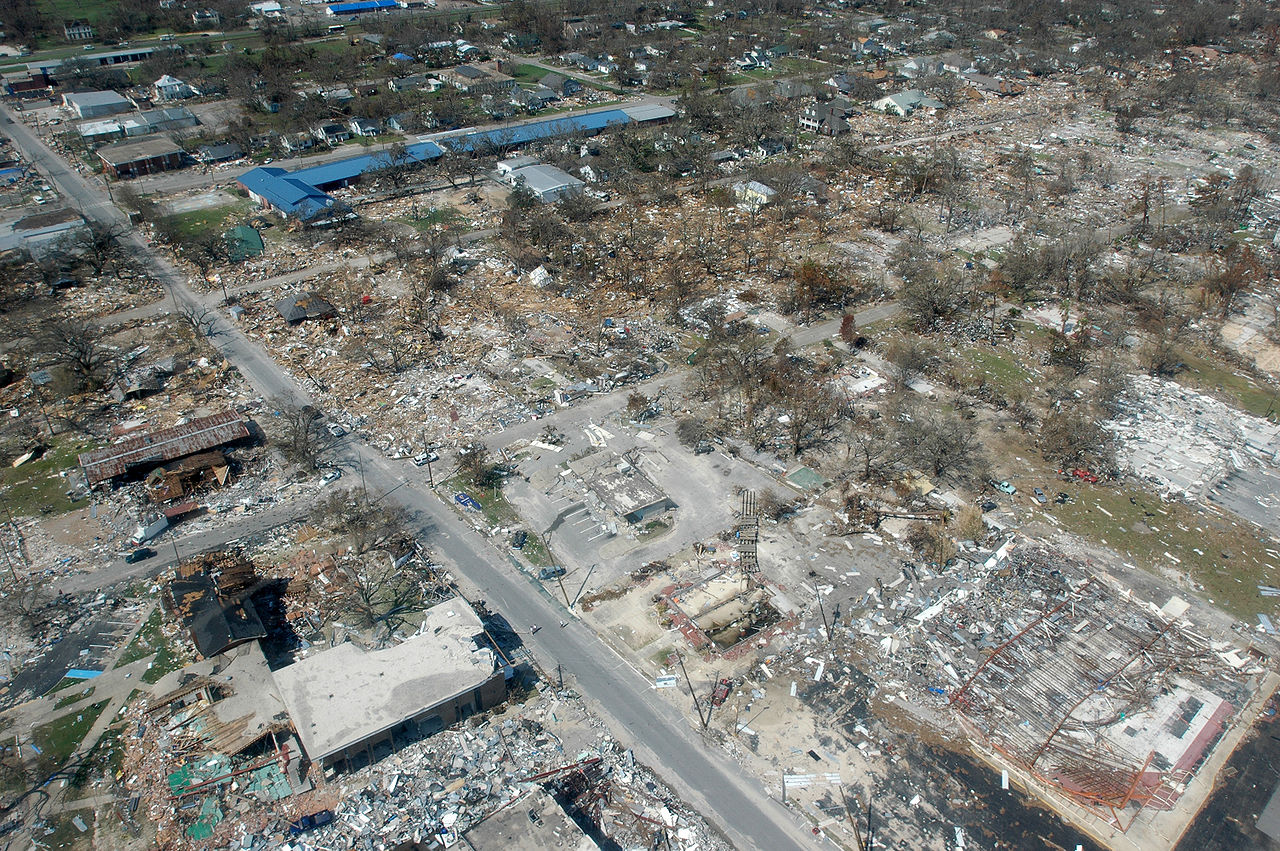How cities can better manage risks and save money, lives and carbon emissions
Climate change poses an existential threat to cities.
This is especially true when we take into account the risks posed by changing weather patterns, which increase the frequency and intensity of cyclones, superstorms, flash floods and protracted droughts.
Among many other things, resilience-building is about managing such risks within the city.
Of course, this is easier said than done. The overwhelming majority of cities don’t have the internal capacity nor the financial literacy to extricate themselves from the plethora of financial and insurance instruments available.
This was one of the key points raised at the Insurance Industry and Cities Summit, the first of its kind, which took place at Resilient Cities 2017, bringing together senior staff from the insurance industry, development and UN agencies, as well as local leaders, to discuss how the insurance industry can help cities build their resilience, and what cities need to do in order to seize the opportunity.
The event was co-organized by the UN Environment’s Principles for Sustainable Insurance (PSI) Initiative and ICLEI—Local Governments for Sustainability, which joined forces to create the largest collaboration between the insurance industry and cities.
One figure shared by Lykke Leonardsen, Climate Change Program Director at the city of Copenhagen, helps frame the relevance of the issue. In 2011, a cloudburst hit Copenhagen, discharging on the city 15 mm of rain in a very short amount of time. This produced damage and costs for the city to the tune of €1 bn. It was at that point that the city of Copenhagen realized the impact that such events can have in terms of a steep rise in insurance payouts and claims in weather-related damages.
By adopting a plan to make the city more resilient to this type of climate adverse events, Copenhagen managed to bring down interest rates in insurance policies taken by private citizens, because the insurers estimated risks to be lower after a plan and the political will to reduce risks were there.
The risk management process in insurance spans a continuum of activity: from identifying, assessing, preventing and reducing risk, to pricing, carrying and diversifying risk.
As risk managers, insurers can help communities understand, prevent and reduce risk through risk research and analytics, catastrophe risk models, and loss prevention. Catastrophe risk modelling firms, today, are able to develop sophisticated tools used by insurers and re-insurers to assess risks, by creating synthetic histories of specific areas, going back up to 100,000 years. They can also model climate change costs going forward in time, up to 2100, as Robert Muir-Wood’s company, Risk Management Solutions, did for RiskyBusiness.org. The bottom line, as Muir-Wood put it, is a question: “Isn’t it smarter for a city to first reduce some risk, before transferring it to an insurer?”
The importance of data-driven risk assessment was echoed by Lucia Rueckner, Senior Consultant for Corporate Social Responsibility at Munich RE: “As an insurer we are data-driven. We realized quite early, already in the 70s, how our operations could be affected by climate change. And we started researching the topic.”
But of course, risk assessment is only one of the roles that the insurance industry is increasing playing in helping cities build up their resilience by putting a price (or an equivalent cost) on potential loss due to climate change.
Insurers can also advice on proper land-use planning, zoning and building codes, manmade and ecosystem-based disaster risk reduction measures, healthy lifestyles, and disaster preparedness.
Overall, as GIZ’s Matthias Ranger pointed out, “insurance has the potential to link response, preparedness, recovery, prevention and management of residual risk”.
Potential gains are substantial, but there is still a long way to go.
For starters, insurers currently come too late in the game to be really able to influence the infrastructure conversation. Budget constraints and limited knowledge of alternative, nature-based solutions, regularly induces urban planners, particularly in the developing world, to plan and build grey non-resilient infrastructure that also constitutes a higher risk and therefore doesn’t help bringing premiums (and potential losses) down.
A second issue is the lack of knowledge among city officials regarding the inner workings of the insurance industry, often coupled with a lack of knowledge among insurers regarding how cities work and how they establish their priorities.
A further obstacle which emerged from the Insurance Summit is that the insurance industry, while slowly becoming more open to alternative projects, still prefers projects which are “big, long, and safe”, to borrow the words of Verena Treber, Project Manager, Allianz Climate Solutions.
A gap between the language used within the insurance industry and the language understood by policy makers and practitioners also needs to be addressed, requiring a concerted effort on the part of elected officials to achieve a greater degree of financial literacy.
Innovative insurance solutions- such as catastrophe bonds, social-interest bonds, and resilience bonds- are in the works or in the first phases of implementation, but there is still a long way to go to scale up those solutions.
In the end, the only way to make progress in the field of insurance for cities is to build active coalitions which, by bringing actors together and working on joint deliverables, can make some of the solutions that are currently unfeasible, feasible.
To kickstart the uptake of such coalitions, Butch Bacani, Program Leader at UN Environment’s Principles for Sustainable Insurance (PSI) Initiative, proposed a ‘Bonn Ambition Declaration’, with three goals for the next year:
- To develop city level sustainable insurance roadmaps.
- To transform the 10 targets of SDG 11 and use these to shape a set of insurance development goals.
- To organize the first ever Mayor and Insurance CEO meeting, possibly at ICLEI World Congress 2018.
The Insurance Industry and Cities Summit spanned four sessions and an entire day of Resilient Cities 2017. Yet, there is still much to discuss and discover on the potential gains of structured and productive partnerships between local governments and the insurance sector.





